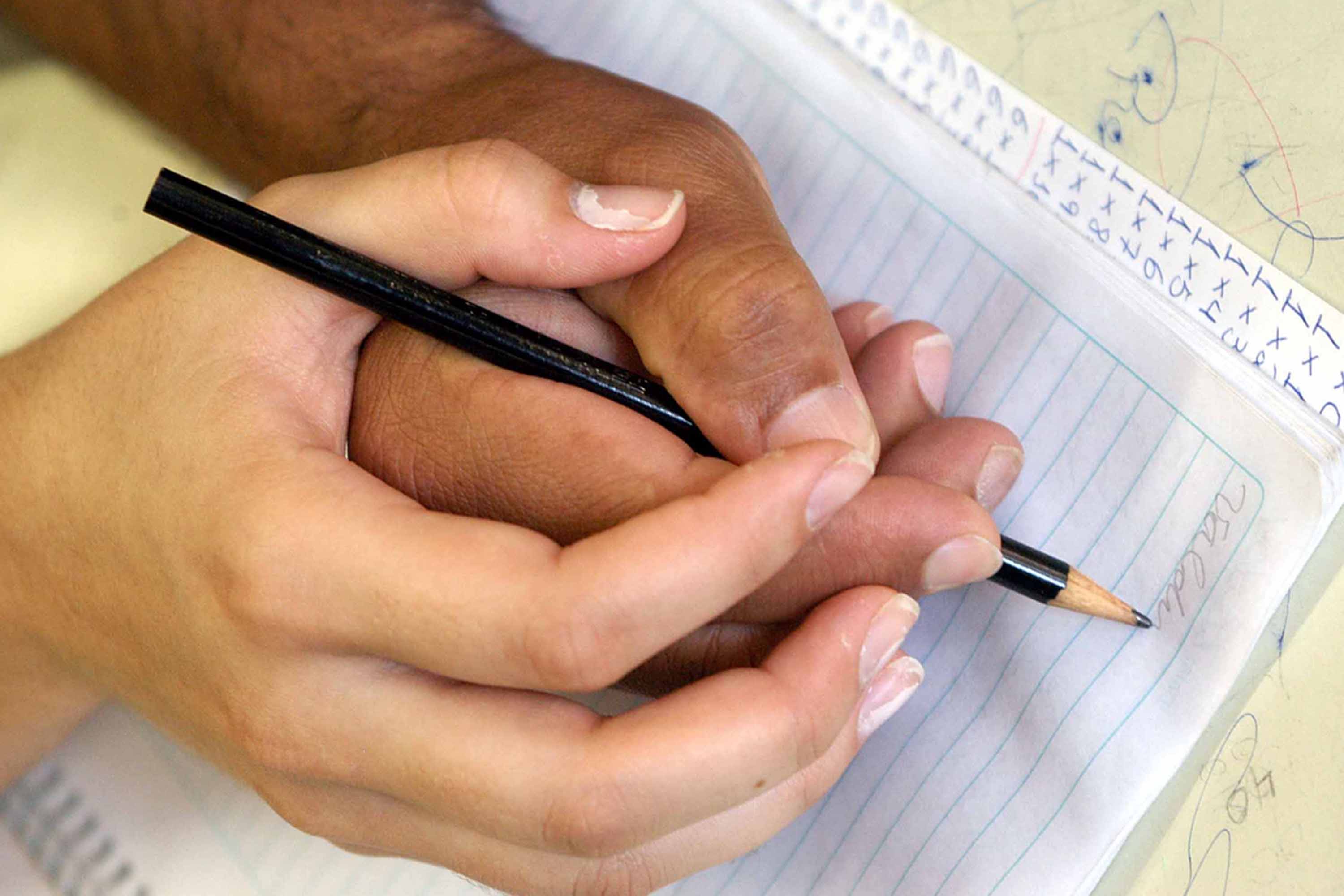RIO DE JANEIRO, BRAZIL – This Sunday, September 8th, marks the passage of International Literacy Day, a date instituted by the United Nations Educational, Scientific, and Cultural Organization (UNESCO) in 1966 to encourage full literacy of the international population. Despite improved access to schools in the last 53 years in several countries, there are still 750 million young people and adults around the world who cannot read or write.

If all these people lived in a single country, the population would only be lower than that of China and India, which have more than 1 billion inhabitants each. The hypothetical nation of illiteracy has more than double the population of the entire United States. In this contingent, two out of every three people who cannot read are women.
According to UNESCO, the problem of illiteracy will last for a long time. Last year, 260 million children and adolescents were not enrolled in schools.
In 2018, according to the Brazilian Institute of Geography and Statistics (IBGE), there were 11.3 million illiterate people aged 15 and over. If everyone lived in the same city, this place would only be less populous than São Paulo – the capital of São Paulo State has an estimated population of 12.2 million.
The rate of so-called “absolute illiteracy” in Brazil is 6.8%. As with international data, illiteracy does not affect everyone in the same way. “In the analysis by color or race, in 2018, 3.9% of white people aged 15 years or more were illiterate, and this percentage rises to 9.1% among people of black or brown color. In the age group of 60 years or more, the illiteracy rate of white people reaches 10.3% and, among black and brown people, it increases to 27.5%”, describes the IBGE.

According to researchers heard by Agência Brasil, the volume of illiterates is very high and does not decrease due to a lack of investments in Youth and Adult Education (EJA). “For a public administrator, mayor, or governor, it is much more interesting to invest in basic education, not in Youth and Adult Education, because it is a very small portion,” says Maria do Rosário Longo Mortatti, professor emeritus at the State University of São Paulo (UNESP).
Behind this behavior, there is a general belief among public administrators that the “demographic dynamic”, as new generations replace old, would extinguish absolute illiteracy over the years, recalls Maria Clara Di Pierro, professor of education at the University of São Paulo (USP), a specialist in public policies for youth and adults.
“This reasoning is not new. Former [education] minister Paulo Renato used this argument a lot, saying ‘let’s focus our efforts on the new generations’. Generational succession will be in charge of eliminating illiteracy. Some researchers and journalists share this vision, but it is doubly mistaken,” she said.
“On the one hand, because we continue to produce illiteracy, it is not just a residue of the past; and the elderly are living longer. On the other hand, we have functional illiteracy brought about by the educational system. So, this hope to let the old people die to end the problem is an illusion, and it does not confront what we have to face”, adds Di Pierro.

